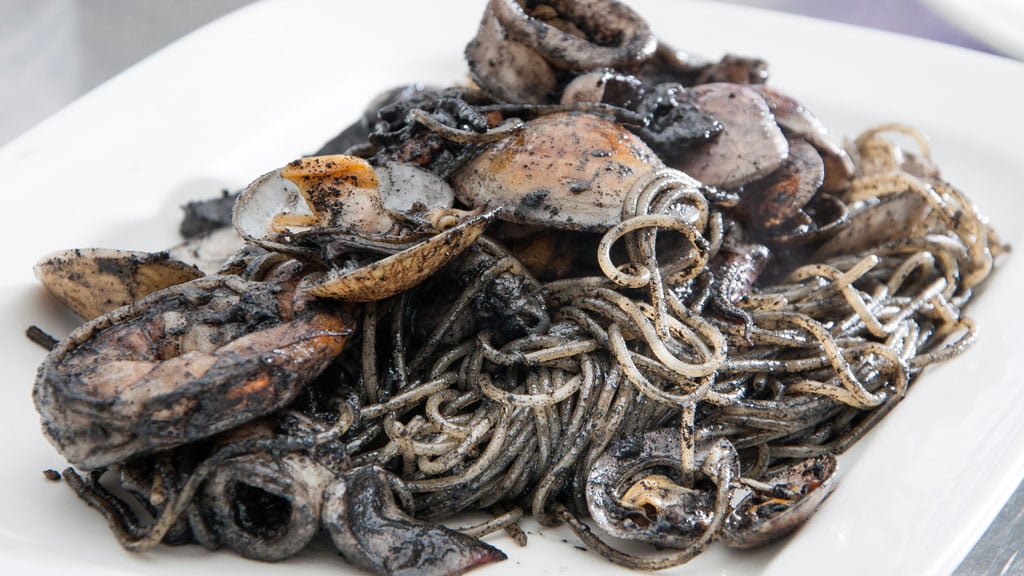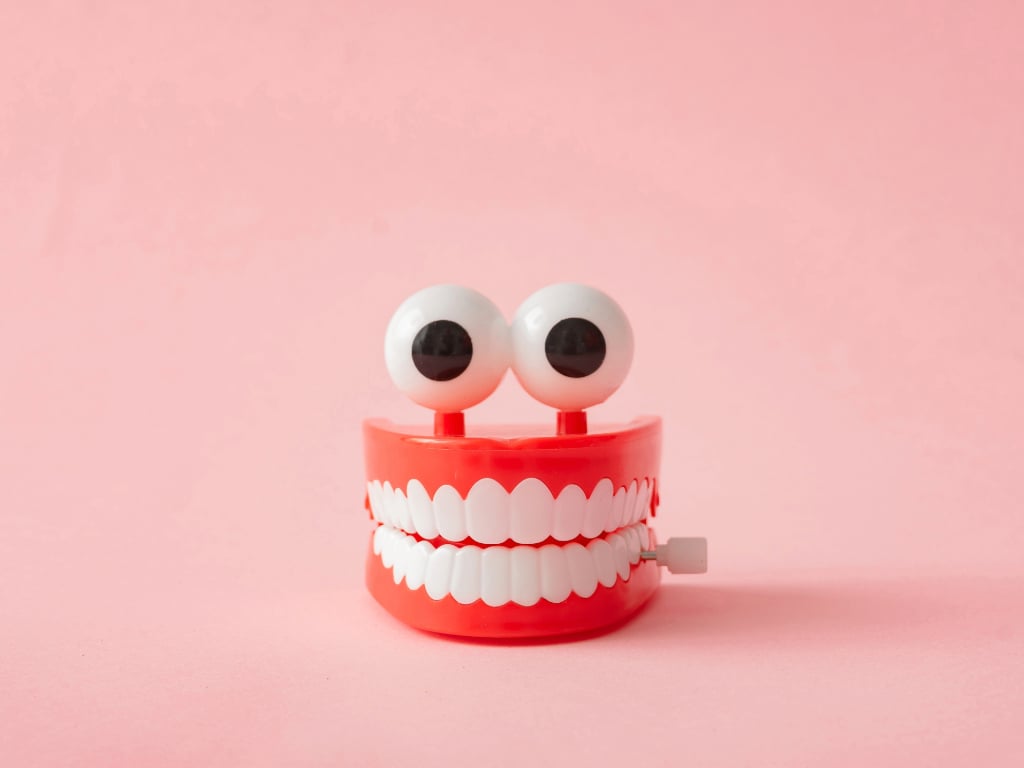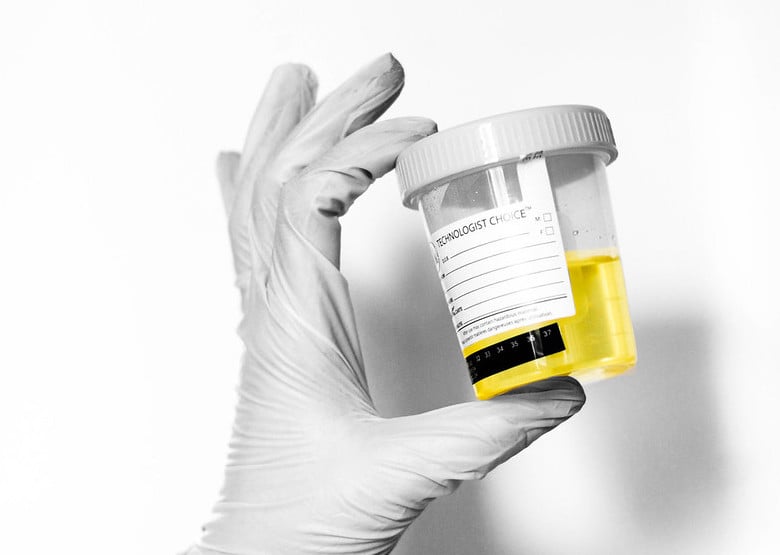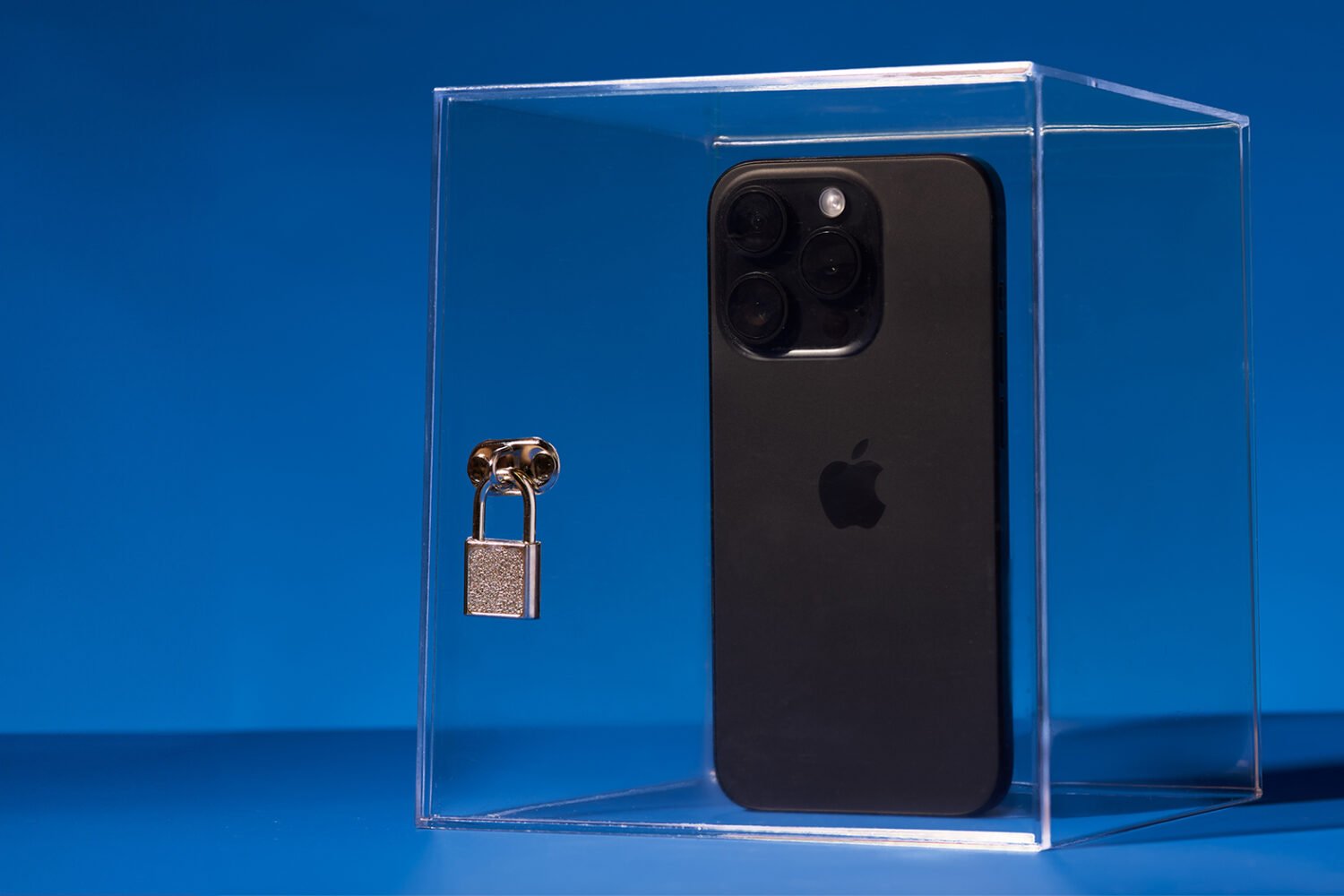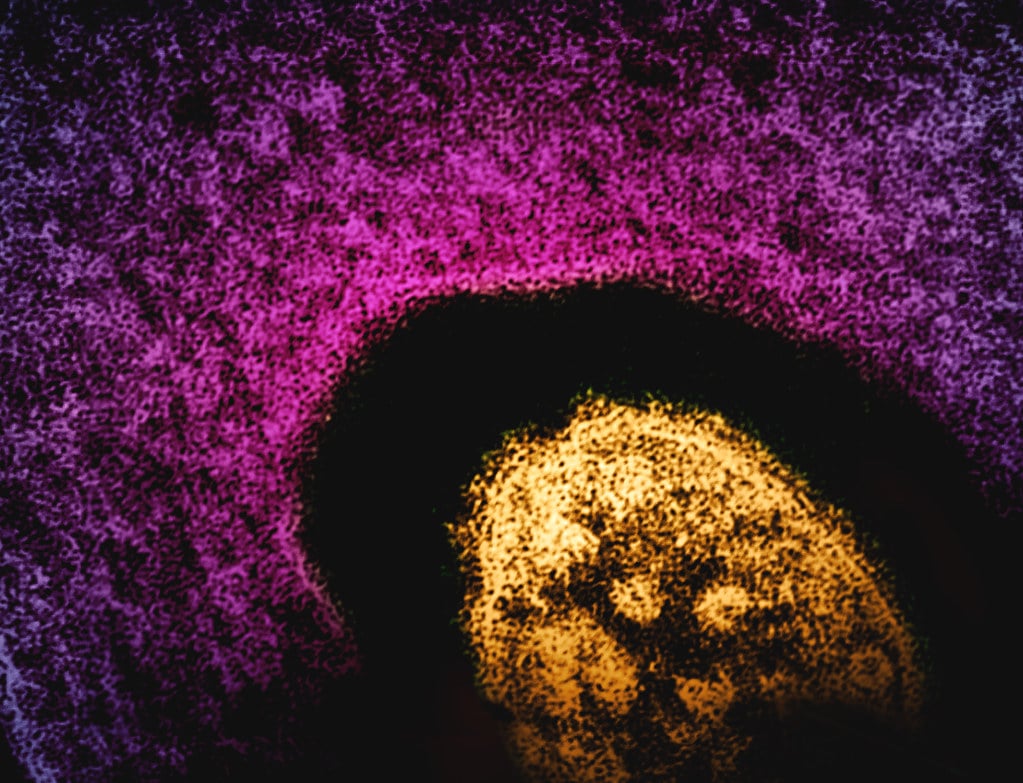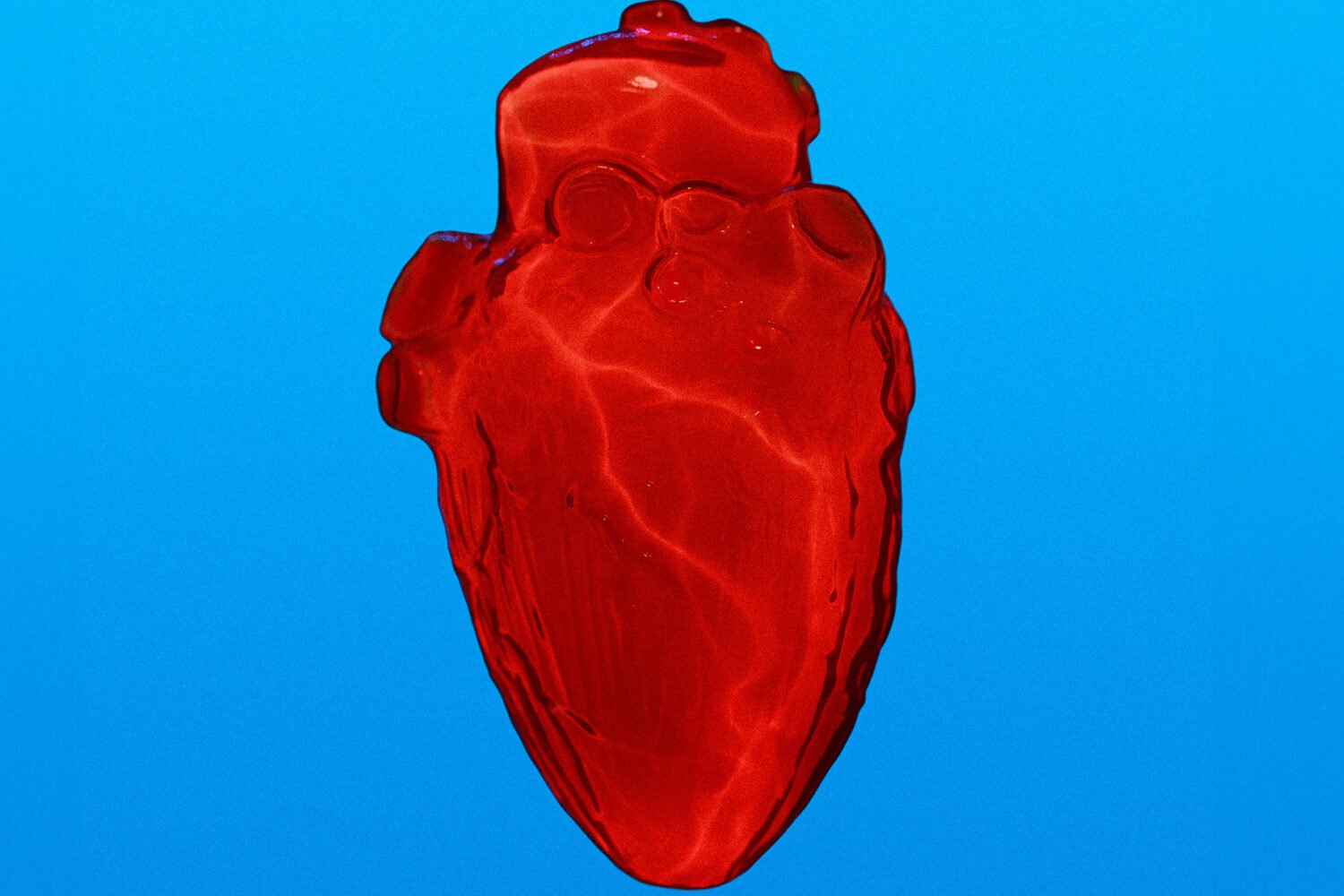We’re all for advances in dentistry that don’t involve our gums being jabbed with pointy metal objects. A new study is taking on one of those pointy metal objects—the periodontal probe—and looking to replace it with an unlikely solution: squid ink.
The periodontal probe is a tool that’s used to check for gum disease. More specifically, it measures the pockets where the teeth have deteriorated, creating a space between the teeth and the gums. The farther the probe is able poke up into the gums, the bigger the pocket. Though this is a common way of measuring for periodontitis, an infection that can ultimately lead to tooth loss if left untreated, it can also be pretty uncomfortable and cause bleeding. There’s also the issue that there’s the potential for different readings based on where the probe is inserted along the tooth and how hard it’s pressed in—one dentist could look at a tooth and determine the probe was inserted six millimeters, and the next could use more force and measure it as eight millimeters.
So there’s some room for improvement when it comes to identifying gum disease. In this new study, which was published in the Journal of Dental Research, the researchers looked at how cuttlefish ink and an ultrasound machine could replace the probe. Here’s how it would work: First, a patient would swish around a diluted squid ink solution. Through capillary action, the squid ink would cling to the pockets in between the gums and teeth. Next, an ultrasound would be taken of the mouth, and the squid ink would then highlight the pockets through photoacoustic imaging.
But why squid ink? According to Jesse Jokerst, one of the study authors and assistant professor at University of California’s Department of NanoEngineering, the idea began at a dinner in Tokyo with some Japanese colleagues. During a conversation about contrast agents that wouldn’t be flagged by the FDA, they began discussing dark-colored foods that could work.
“The idea that a food could be used was intriguing, but which foods are dark and could potentially be used for imaging?” says Jokerst. “Squid ink is perfect because it is a liquid and thus can penetrate into the space between the tooth and the gum, i.e., the pocket.”
Because the squid ink is so dark, it absorbs a lot of light, says Jokerst. Additionally, the ink is already safe for humans to eat—you may have tried squid ink pasta, and this is the same stuff.
“Getting materials FDA-approved is very time-consuming,” says Jokerst. “We didn’t want to create a new material that would be subjected to years of scrutiny and testing. By using a material that is already approved as a food, we hope to speed up the time needed to get this into dental offices.”
Thus far, the researchers have tried out their method on pig jaws. After manually creating pockets around the teeth, the researchers tested their squid ink solution paired with the ultrasound. Ultimately, their tests found that the squid ink method provided consistent results. Next, the researchers are hoping to create an ultrasound mouthpiece, so that rather than scanning the mouth with a handheld device, a simple mouthpiece could be popped in to do the scan.
While you may not start seeing squid ink mouth rinses at your dental offices quite yet, Jokerst says they’ve been approved to try it out with humans moving forward. And if the idea of swishing with salty squid ink grosses you out, don’t worry: Jokerst says they may also flavor it with mint to make it a little more palatable.

